At drinktec 2025, Ball showcased circular aluminium packaging solutions from cans to bottles as well as focusing on consumer experience, design and personalization. At the event, Elisabeth Skoda spoke to Dr Mandy Glew, President, Beverage Packaging EMEA, discussing carbon emissions, sourcing, circularity, regulation, innovation perspectives for packaging and more.

ES: Reducing carbon emissions across the value chain is a priority for packaging. What steps is Ball taking to lower the carbon footprint of aluminium beverage cans, from sourcing to end-of-life?
MG: We’re pursuing verifiable reductions across the whole value chain. The key to our efforts is partnerships, and aligning the full chain so reductions show up in our customers’ product footprints, not just ours.
The bulk of our footprint is Scope 3, over 92%, so we prioritise decarbonising the aluminium we procure through supplier collaboration and certification. Inside our operations – Scope 1 - we continue to scale renewable electricity - 73% global coverage in 2024. We also target logistics emissions with practical initiatives such as our UK HVO trial, which cut route emissions by ~90% over ten weeks. By year-end 2024, we reduced absolute GHG emissions 21% and remain on track for a 55% reduction across Scopes 1–3 by 2030.
With aluminium recycling requiring about 95% less energy than the production of primary aluminium, lightweighting our cans drives even greater material efficiency too. We support the industry goal of 90% global can recycling by 2030 and invest in consumer education and collection advocacy such as the Every Can Counts initiative, because high collection and high-quality scrap are the fastest routes to lower footprint at scale.
ES: How is Ball working with suppliers to ensure that the aluminium used in cans is responsibly sourced, and how does this impact overall sustainability goals?
MG: We create value up and down the supply chain through product stewardship. Responsible sourcing is central to our Climate Transition Plan and our circularity ambitions. Our 2030 goal is to purchase 100% certified sustainable aluminium, underpinned by the Aluminium Stewardship Initiative (ASI). Today, over 90% of Ball plants are ASI-certified, 80% of the aluminium we purchase comes from fully ASI-certified rolling mills and 27% of our 2024 purchases were ASI-certified (up from 21% in 2023).
We engage suppliers through joint roadmaps on low-carbon inputs and transparency, and we amplify demand signals via alliances, most notably the First Movers Coalition, through which we’re working toward 10% low-carbon primary aluminium by 2030. These actions directly support our Scope 3 targets while giving brand owners credible assurance that the metal in their packs meets robust environmental and social standards.
ES: What role do lightweighting and design innovations play in reducing material use while maintaining functionality and performance in beverage packaging?
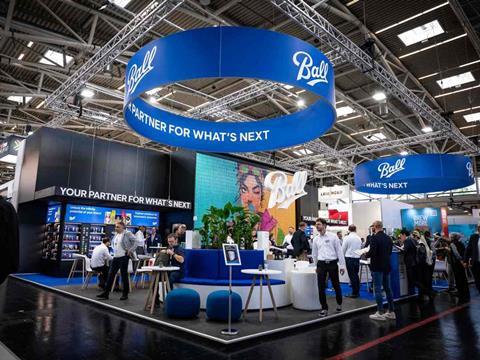
MG: If you had a chance to watch our virtual reality video at our drinktec stand, you heard that a wall of a can is as thin as a hair. It is such a compelling metaphor for the “most innovative” beverage container, which is safe, fully circular and allows for immense creativity in design, being a 360-degree canvas.
Through continuous engineering, we removed 6,342 tonnes of aluminium from cans in 2024, and since 1997 the standard 12-oz can has become 8.6% lighter. These savings come from hundreds of incremental changes in can geometry, tooling and forming, and are delivered while maintaining required performance standards.
A major contributor is our STARcan dome architecture, which optimises the base profile to use less metal while protecting strength and stability. Ball’s STARcans offer up to 8% weight reduction compared to standard cans of the same size, and by 2030 we are committed to 80% of our global beverage can production featuring STARcan dome designs. At the same time, advances in body forming mean cans can now be produced with wall thickness as thin as 0.097 mm, comparable to a human hair, as mentioned. These are material, system-level savings that add up quickly at global volumes.
Customer programmes demonstrate the benefit in market. Lightweighting for Carlsberg’s 33 cl and 50 cl cans across 10+ European markets is avoiding ~5,000 tonnes of CO₂ per year (as of 2024), showing how design innovation translates directly into lower product footprints at scale.
ES: How do EU policies, such as the PPWR and other packaging regulations affect Ball’s sustainability strategy?
MG: The EU’s PPWR pushes separate collection toward 90% by 2029 and now explicitly includes metal beverage cans, whilst the UK has set October 2027 for a nationwide deposit return scheme. That effectively hard-wires circularity, favouring formats that are highly recoverable and easy to sort. Ball Corp’s role is to help customers get DRS-ready by optimising specifications and graphics for true can-to-can recycling.
At the same time, proof and traceability are going mainstream. CSRD begins with FY2024 reporting in 2025 and ESPR will introduce Digital Product Passports, so we’re focused on supplying auditable packaging data, such as recycled content and product carbon footprints, and enabling on-pack/QR journeys that guide proper use and end-of-life.
We champion deposit return schemes because they reliably lift return rates toward 90%+ and deliver cleaner, source-separated streams that remelters need; in parallel, we coordinate with scheme operators on timelines and artwork/labelling readiness so customers can move quickly and credibly.
Finally, EPR eco-modulation is increasingly linking producer fees to real-world recyclability, while Europe already recycles roughly three-quarters of cans, giving brands a practical path to lower embedded carbon at scale.
The opportunity for Ball lies in continuing to bring data and pilots to policymakers through recognised partnerships, so that these policies can translate into real-world recycling and decarbonisation for our customers.
ES: What do you consider the biggest opportunities for innovation in beverage packaging over the next decade, especially as consumer and brand-owner demand for sustainable solutions accelerates?
MG: One opportunity is innovations that increase circularity, making sure more cans are collected, recycled and turned back into new cans. Scaling high-yield can-to-can loops, raising recycled content and moving toward 90% global can recycling will cut carbon while also creating more stable input costs for customers.
Reducing the amount of material used is another priority. Advances in lightweighting allow us to make cans that use less aluminium while still performing exactly as they should, both on the line and in consumers’ hands.
Innovation will also continue to occur with the can itself, changing how brands use the can as a canvas to connect with consumers. With platforms like Dynamark, campaigns can evolve even further, giving brands more ways to make an impact. Brands can already test multiple designs, see what works and scale it fast, without adding any new material. Pairing these capabilities with special-effect finishes or connected-pack experiences not only creates opportunities to engage consumers, but more importantly, helps guide them towards more sustainable behaviour.
And while the can itself is changing, so is the way it is produced. By expanding renewable electricity and improving efficiency in our plants, we can reduce the footprint of every package before it even reaches the customer.
ES: From your perspective as president of Ball Packaging EMEA, what does success look like for the company in achieving its sustainability and circularity goals by 2030 and beyond?
MG: From my perspective success in achieving our sustainability and circularity goals by 2030 and beyond is rooted in collaboration, innovation, and purpose. We believe deeply in the infinite potential of aluminum. Its unique properties, being lightweight, durable, and its infinite possibilities, make it an ideal material for a truly circular economy.
We envision a future where aluminum is the preferred solution across a wide range of applications, from single-use to refill and reuse. Success means unlocking this potential in close collaboration with our customers and industry partners, listening to their needs, and co-creating scalable solutions that help them meet their ambitious sustainability targets.
Since 2020, many of our largest customers have committed to net zero carbon emissions by 2050 or sooner, with packaging accounting for up to 40% of their footprint. We see it as our responsibility and opportunity to simplify sustainability for them, delivering aluminium innovations that reduce waste, lower emissions, and preserve product integrity.
Our purpose is clear: to unlock the infinite potential of aluminum to advance a world free from waste. Our strategy is built on trust, integrity, and shared success. We care deeply about the impact of our work and are united in our determination to lead responsibly and create enduring value – for our business, our customers, our communities, and the planet. Ultimately, success means our customers see us not just as a supplier, but as a trusted partner whose expertise helps them grow, innovate, and lead in sustainability. That’s how we win – together.

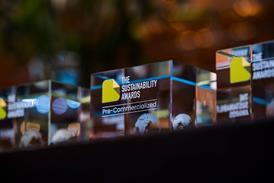
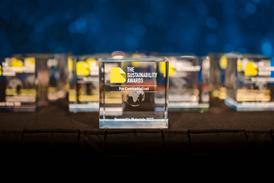
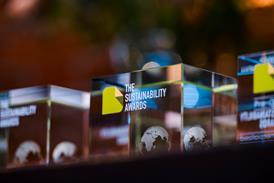
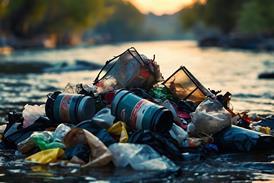
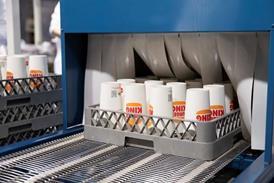
















No comments yet